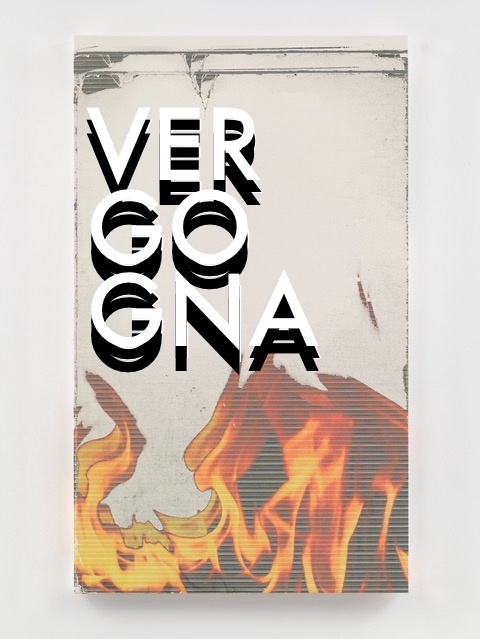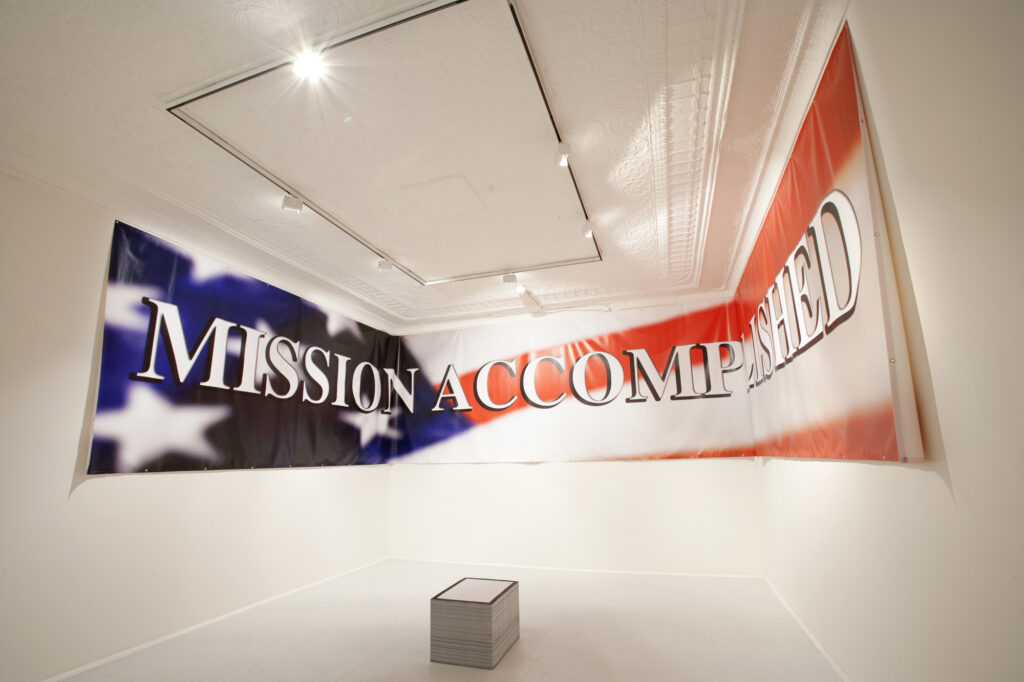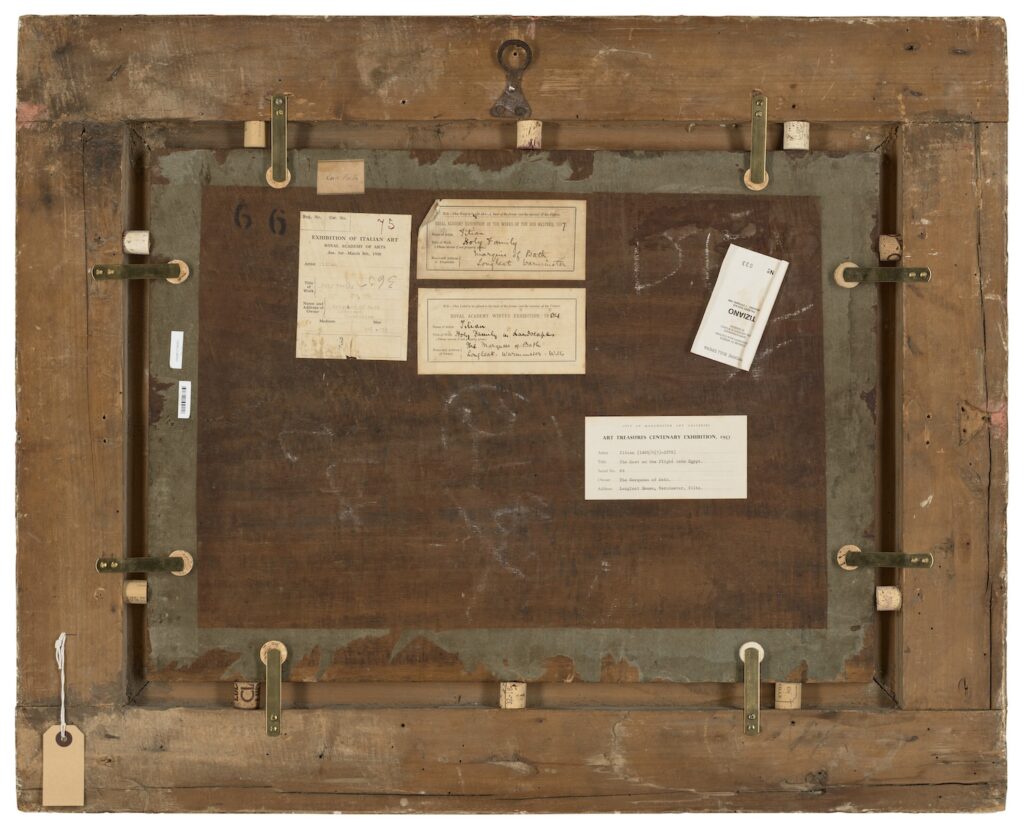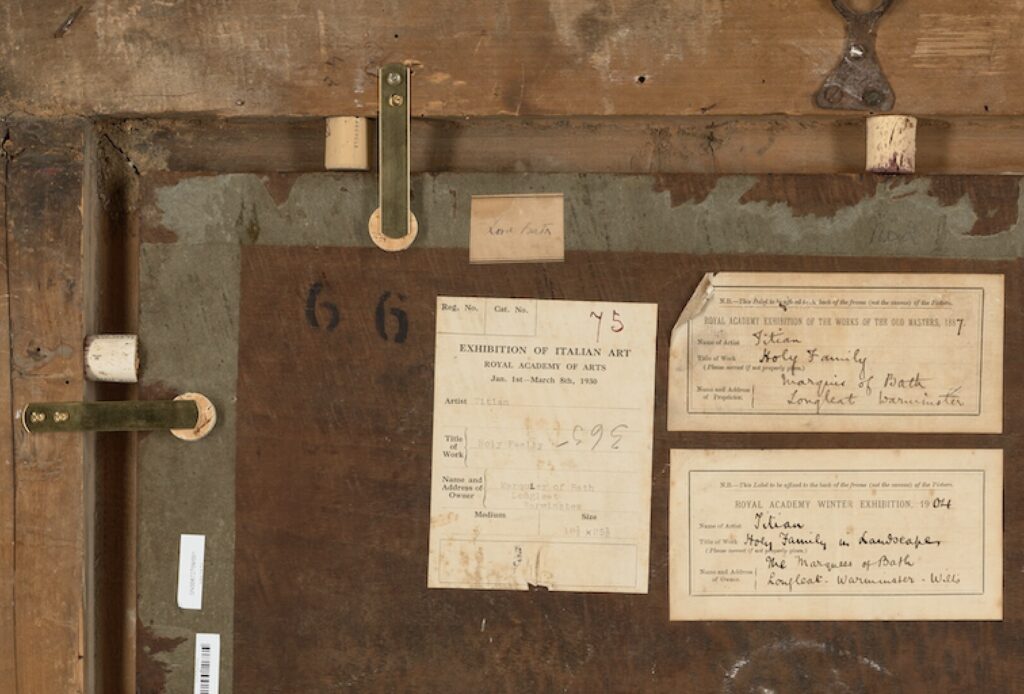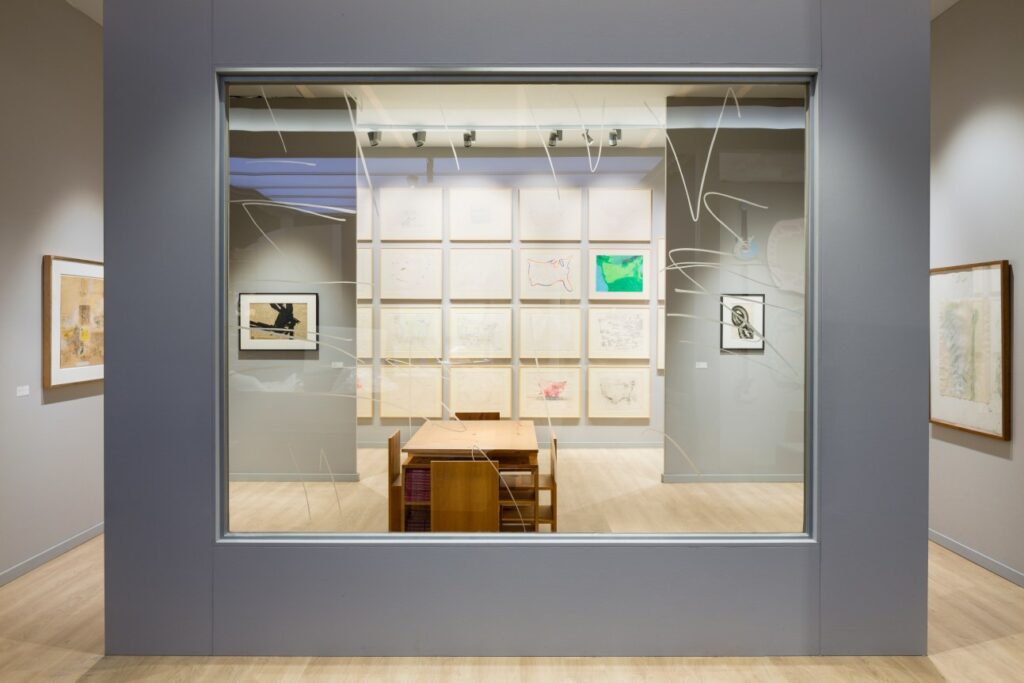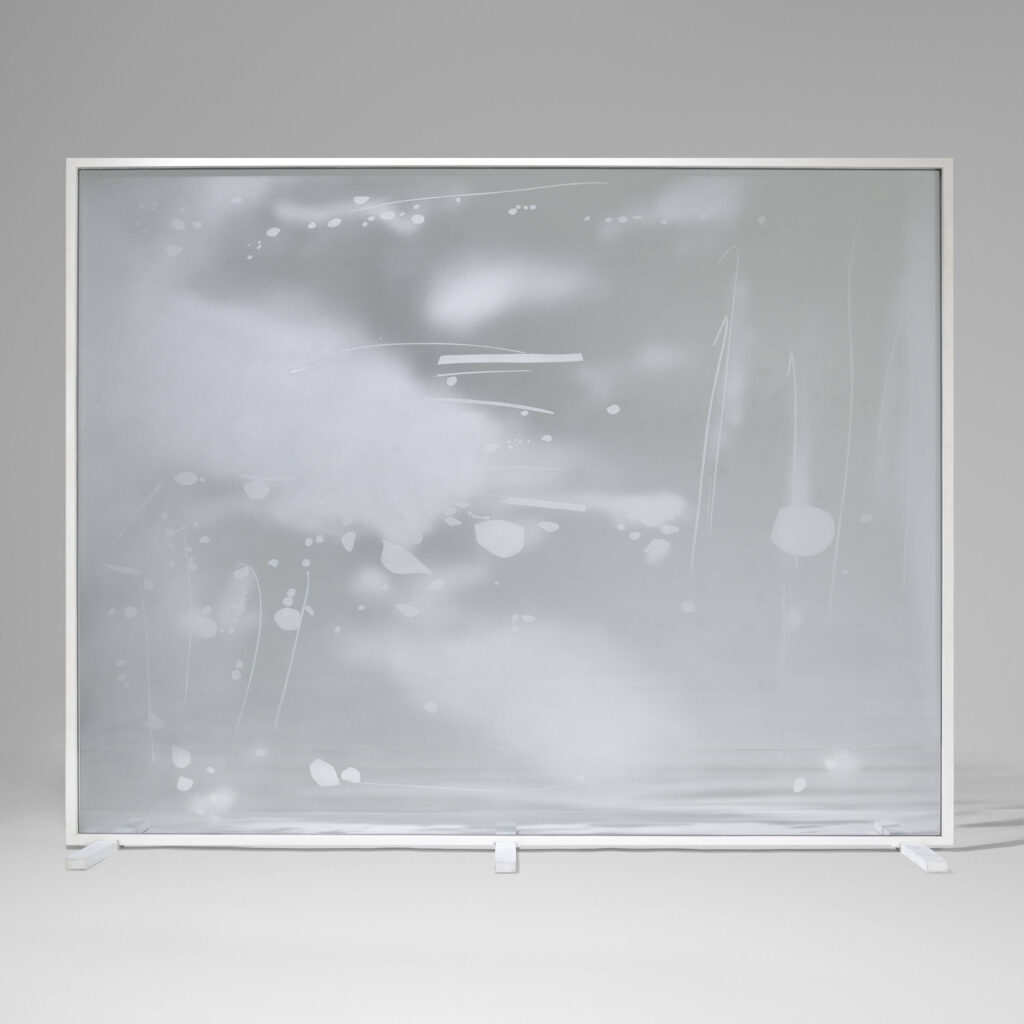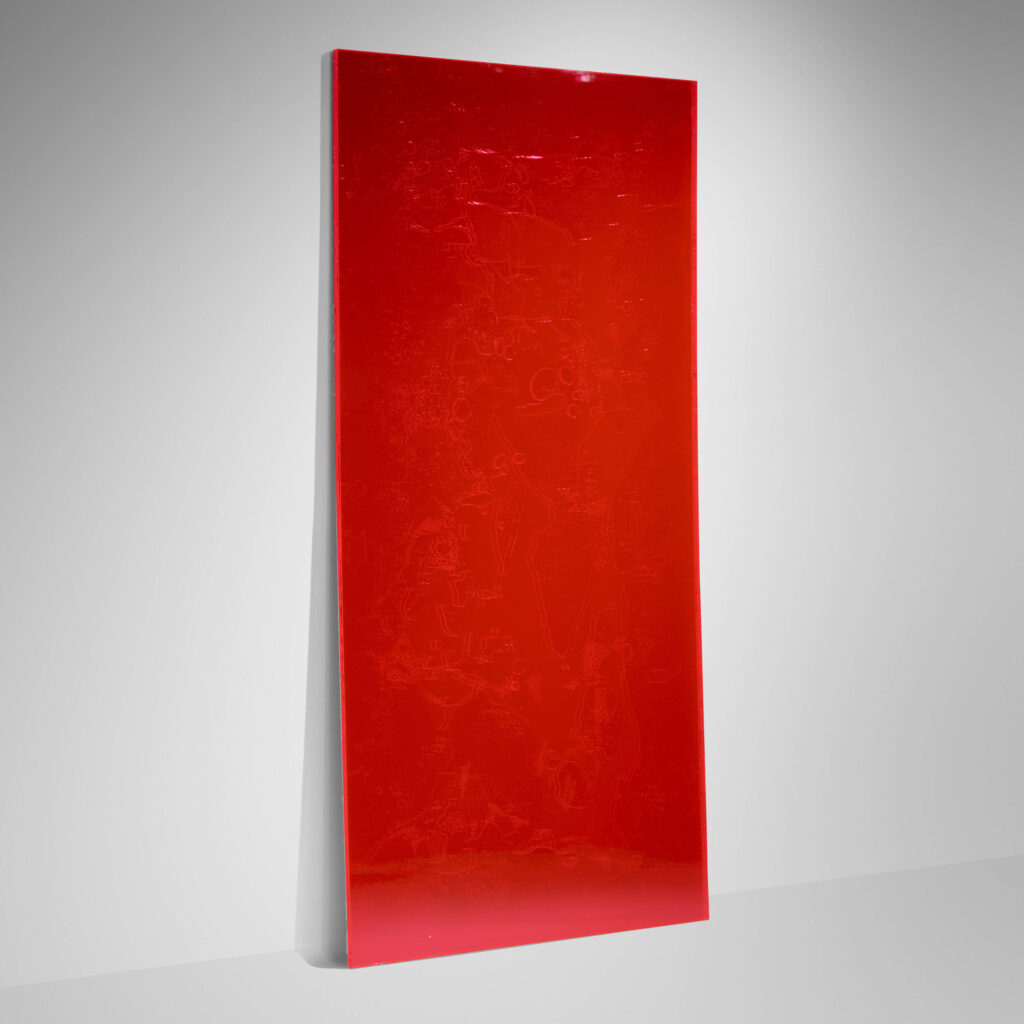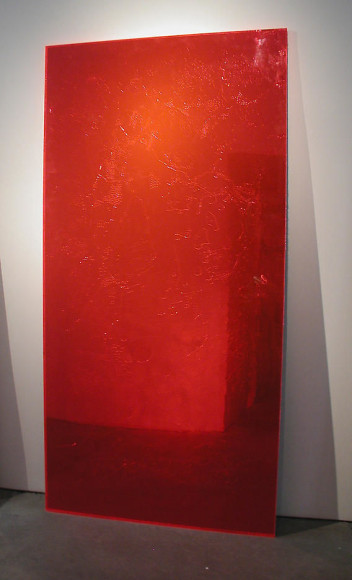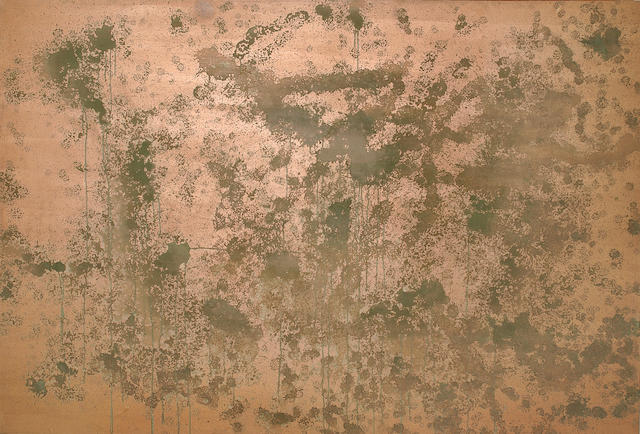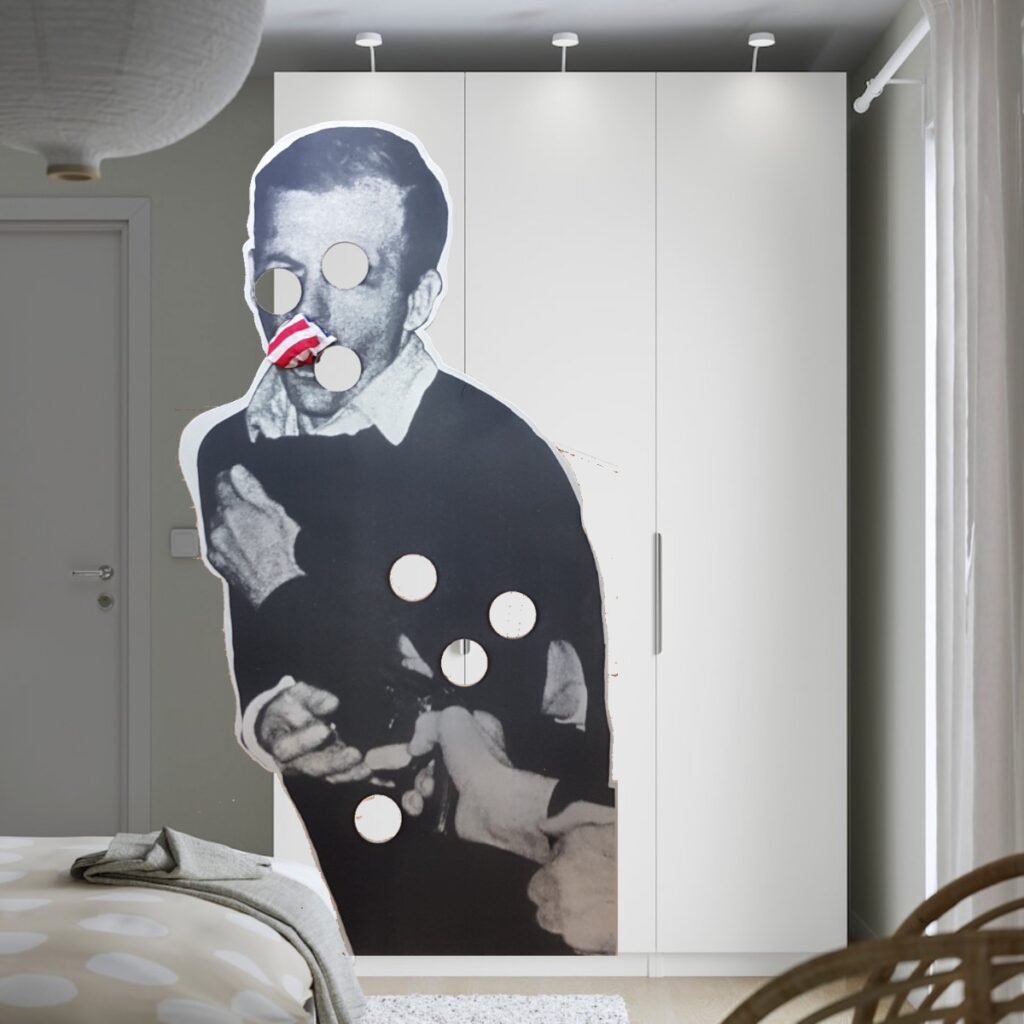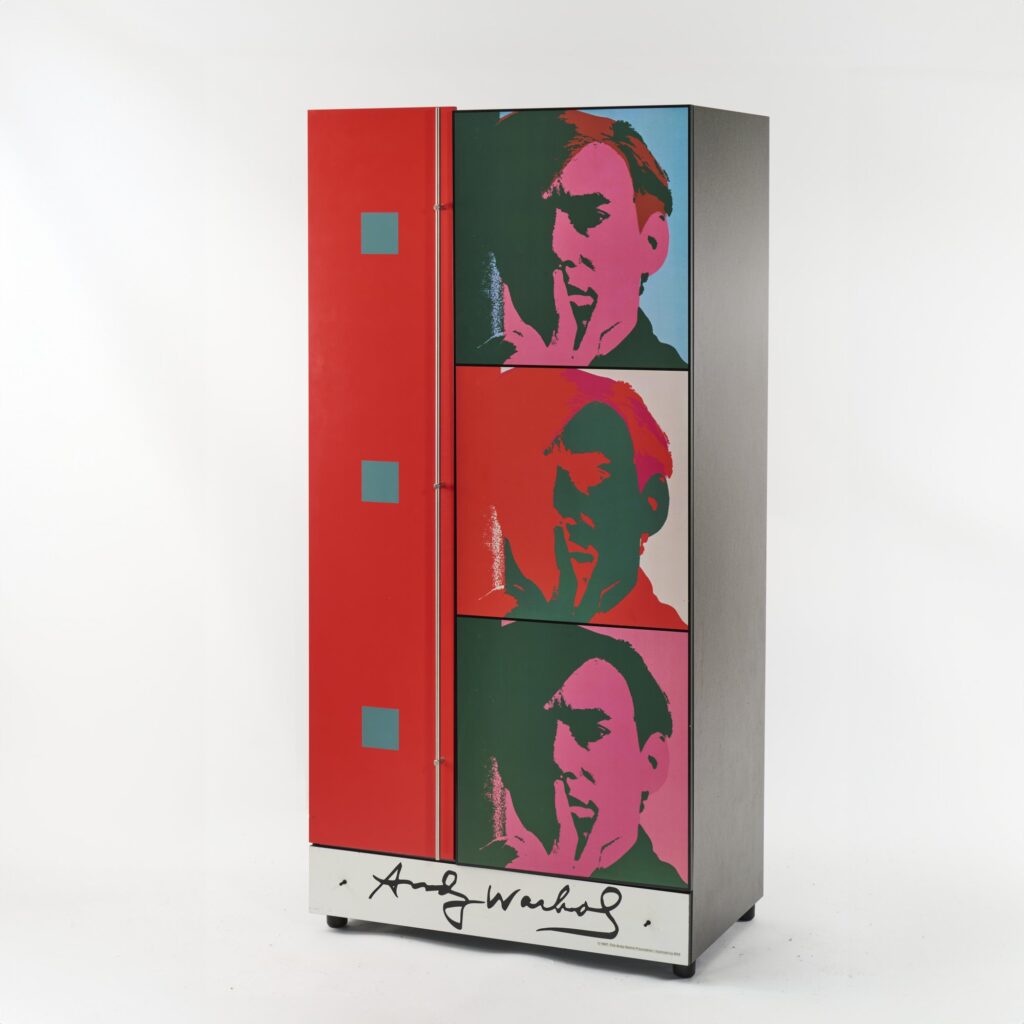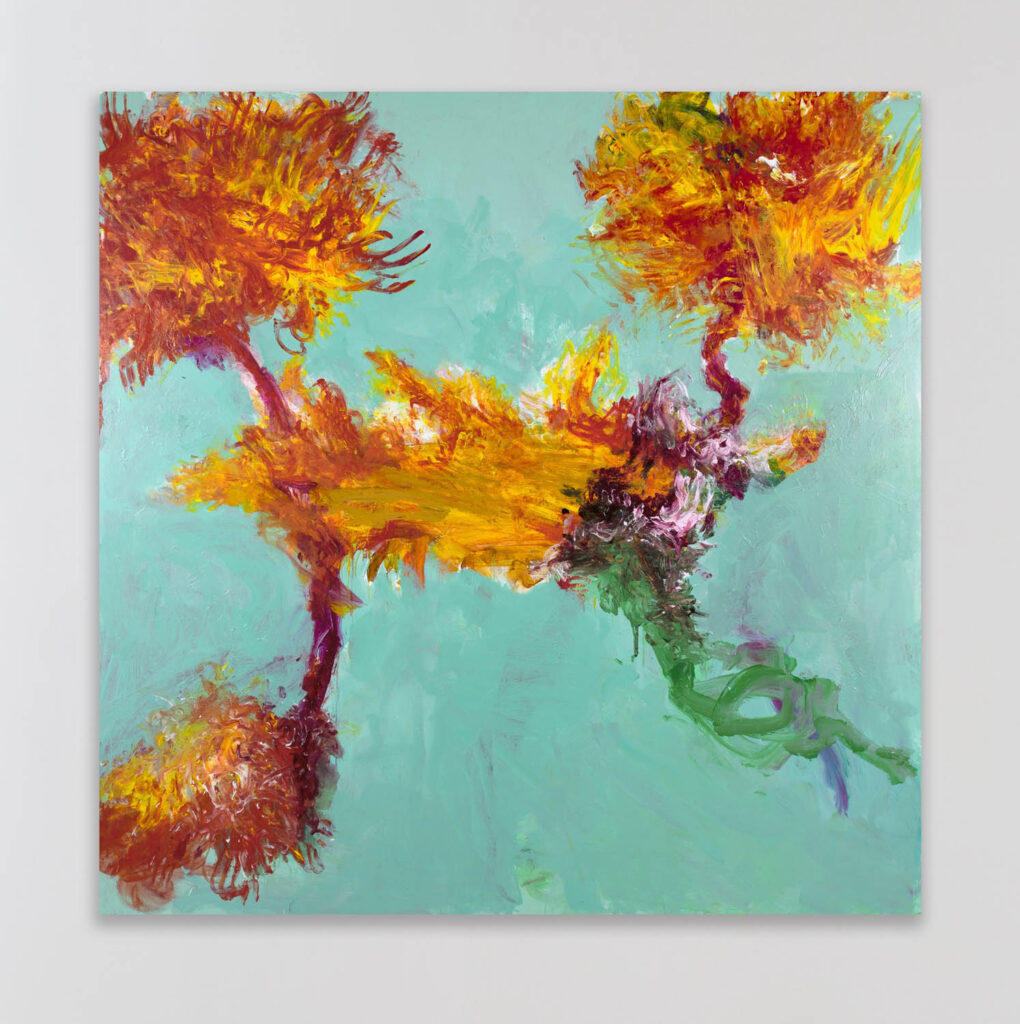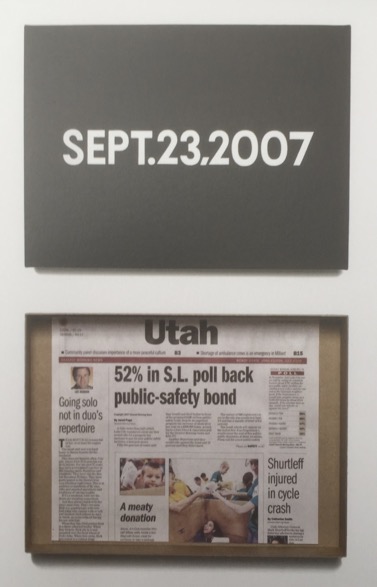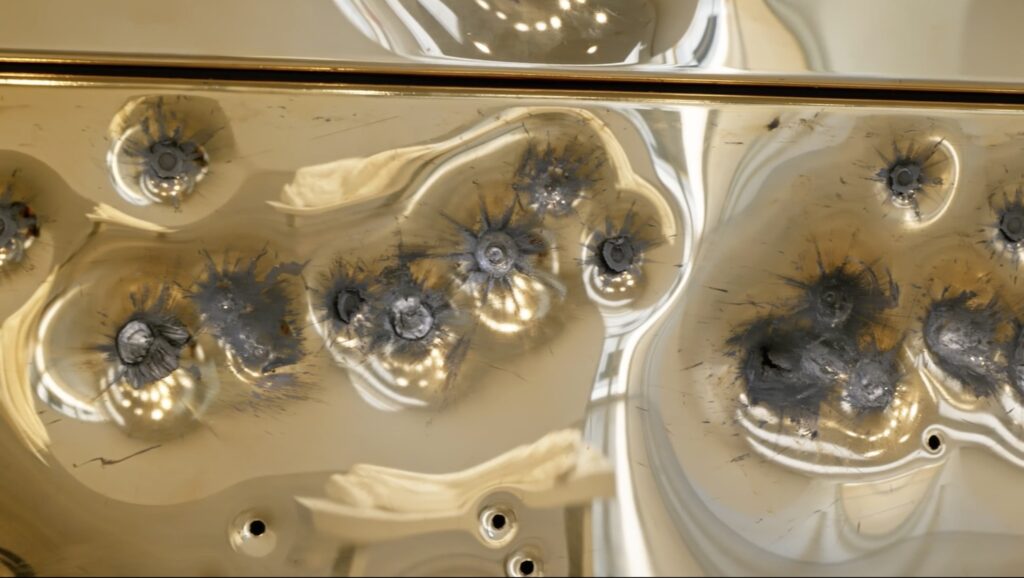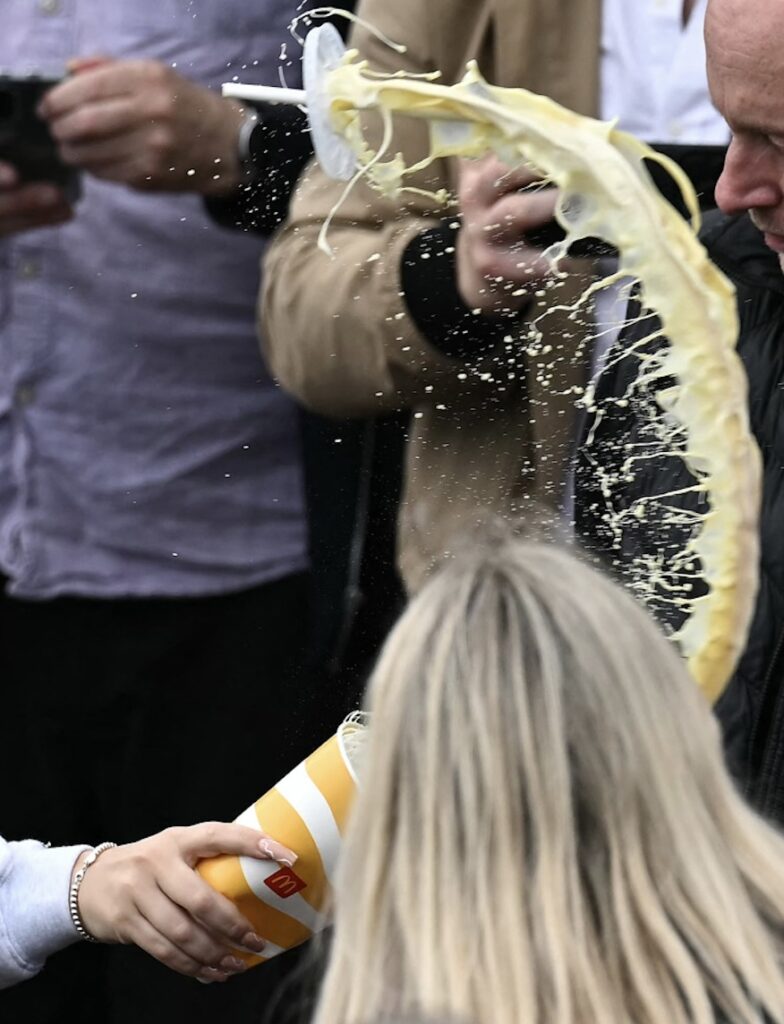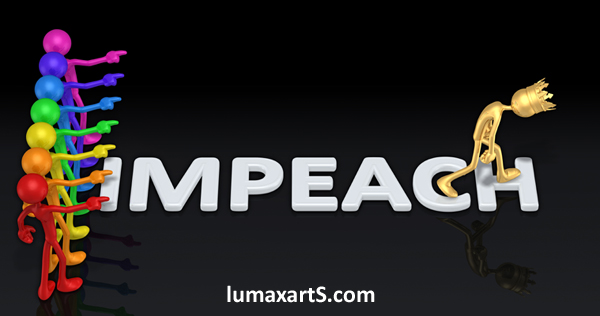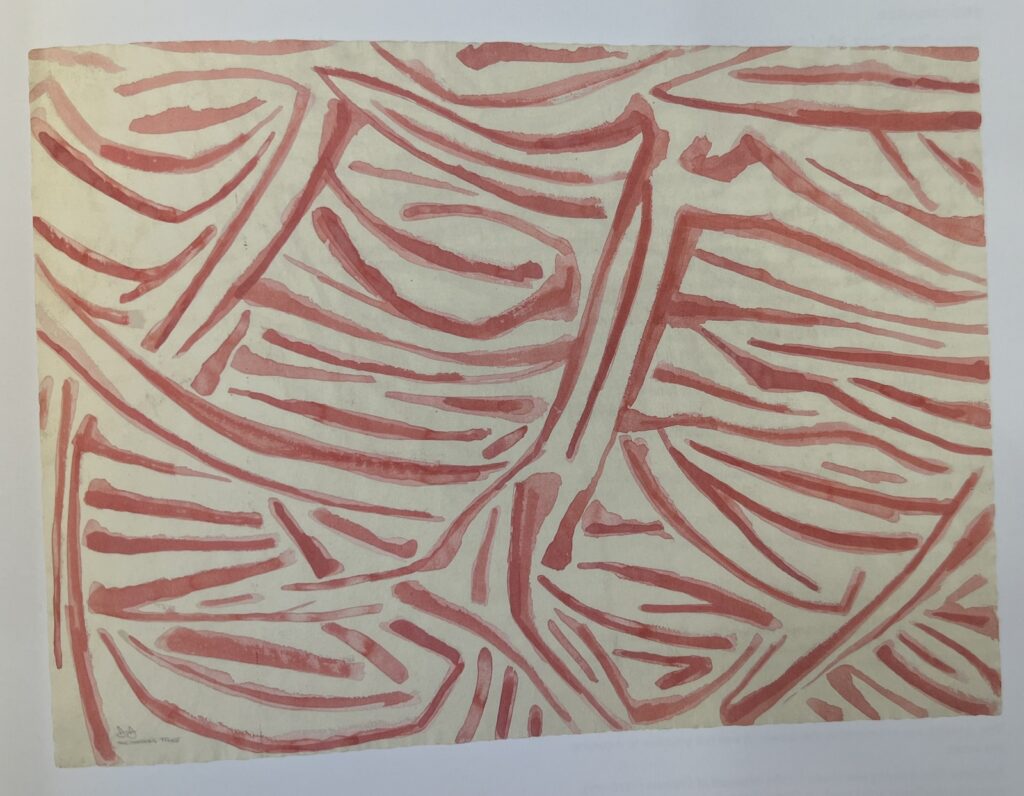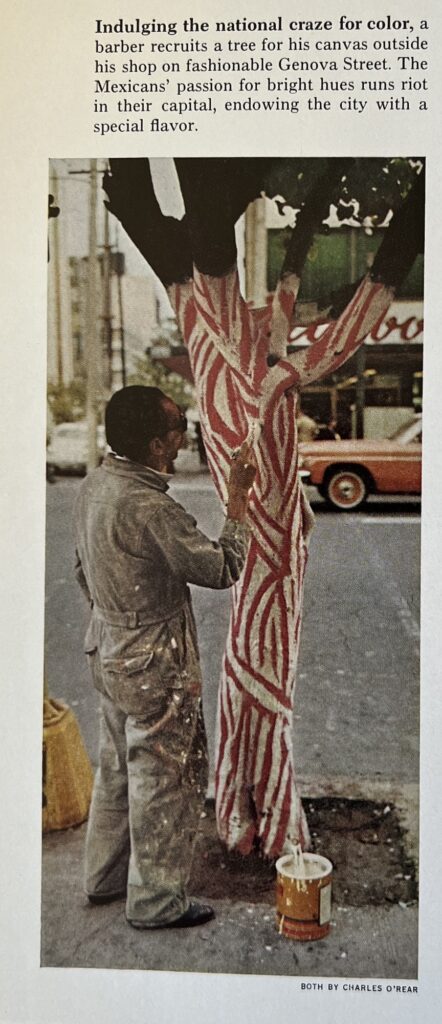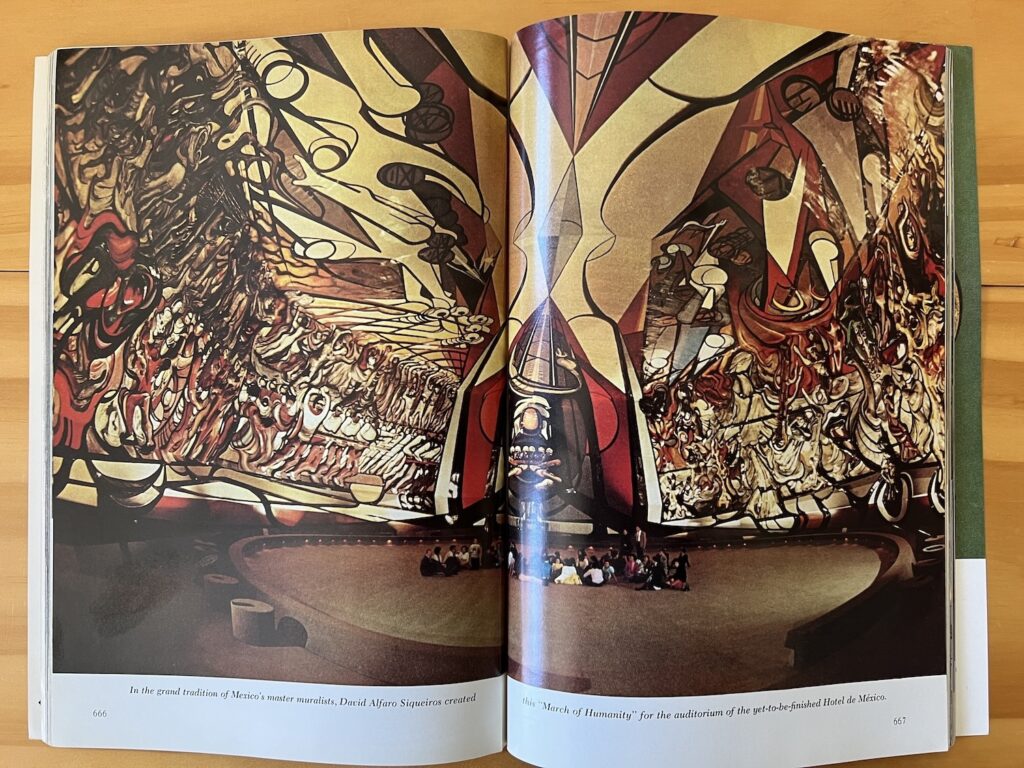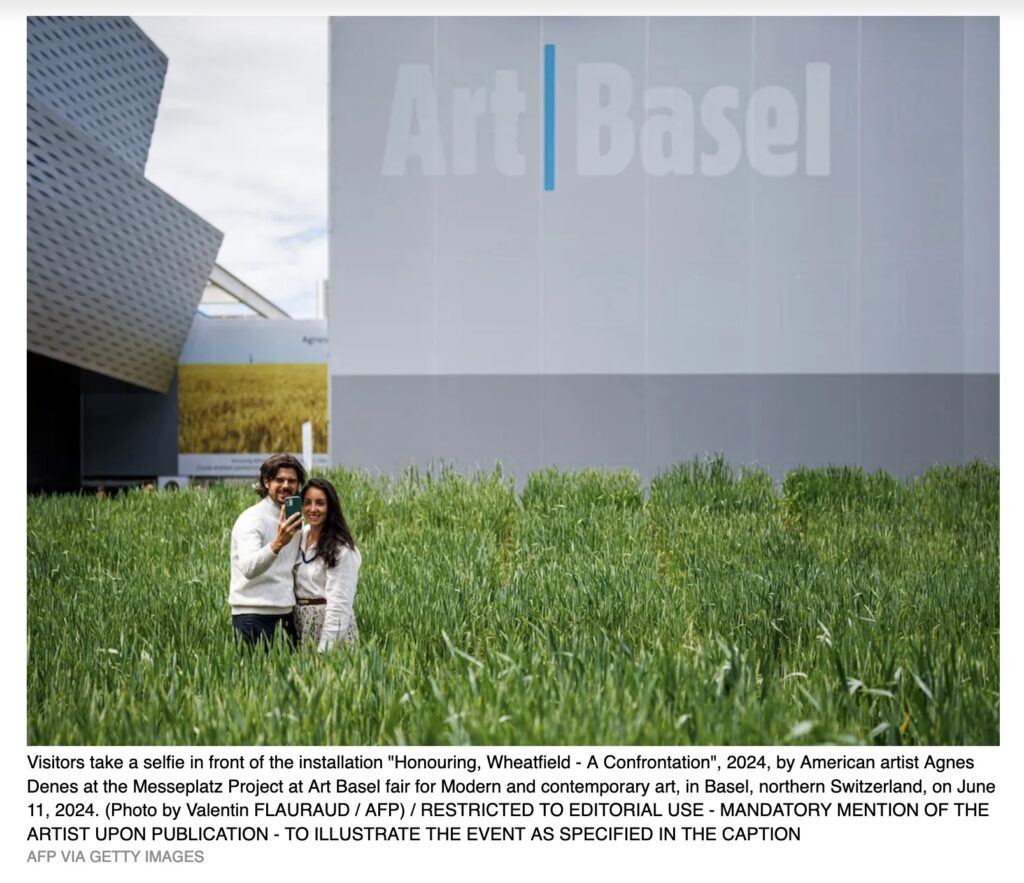
At one moment in time and for the people who saw it then, Agnes Denes’ Wheatfield — A Confrontation was a two-acre field of wheat the artist cultivated, tended, and harvested on landfill on what is now the south end of Battery Park City in Manhattan.

But since then, and for most people, it existed as a photograph. Or rather, it was experienced by looking at a photograph, an iconic image of Denes, hair flowing and holding a staff, looking out at the Statue of Liberty from the midst her amber waves of grain, with the base of the World Trade Center towers and less remarkable elements of the lower Manhattan skyline stretching uptown behind her.
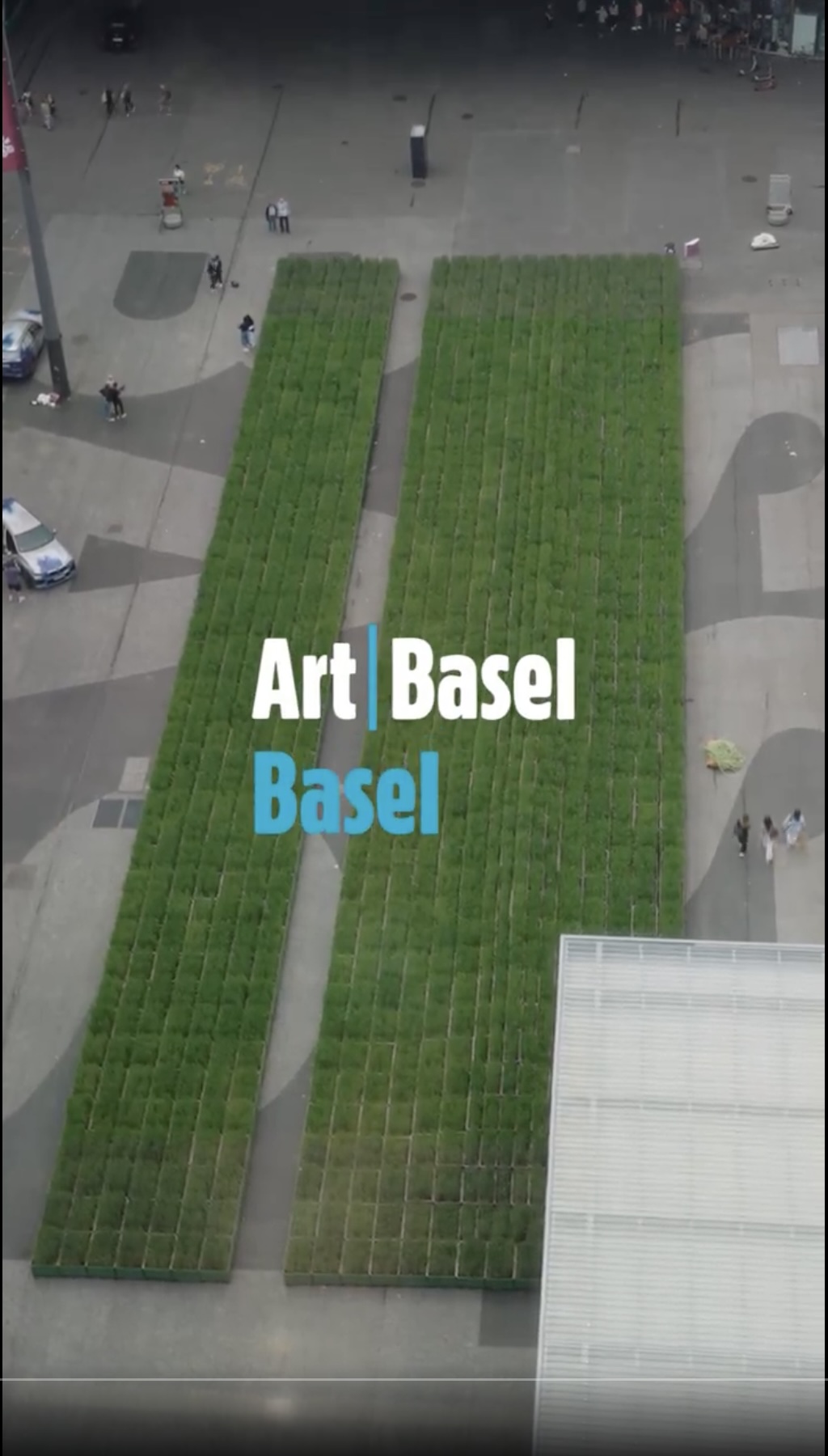
So it is understandable that a week-long “reprise” of Wheatfield in the Messeplatz at Art|Basel Basel would take as its object not the process of the original [instead of four months clearing, planting, tending, and harvesting crops, over 900 planter boxes were trucked in and installed in a couple of days], nor the physicality of the original [est. 930 square meters, less than a quarter of an acre], but the photo of the original. When it was photographed from its intended angle, it would not matter that from other vantage points, Honouring Wheatfield looked like a sod farm or a wheatgrass juicebar.
What I failed to account for fully was the intended angle. Thankfully, ARTnews’ use of Valentin Flauraud’s photo and caption and credit for Agence France Presse has brought the true objective into view. Flauraud recreates Denes’ image with a selfie-taking couple standing in for the artist, and the Art|Basel logo looming behind them, standing in for the World Trade Center.
[A few minutes later update: Another one. I hope Agnes Denes got all the money.]
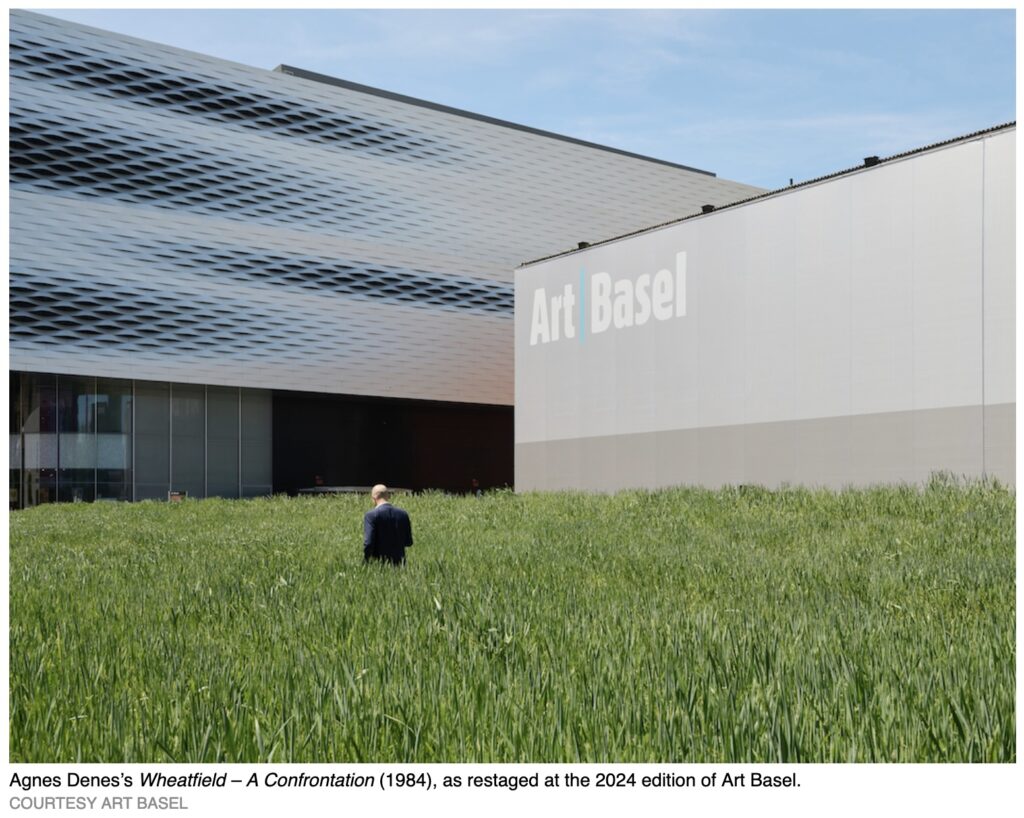
[A few days later update: The wheatfield will not be dumped tomorrow but will be harvested in August, probably before the International Association for Health Professions Education conference on the 24th, sorry for this, and the error.]

